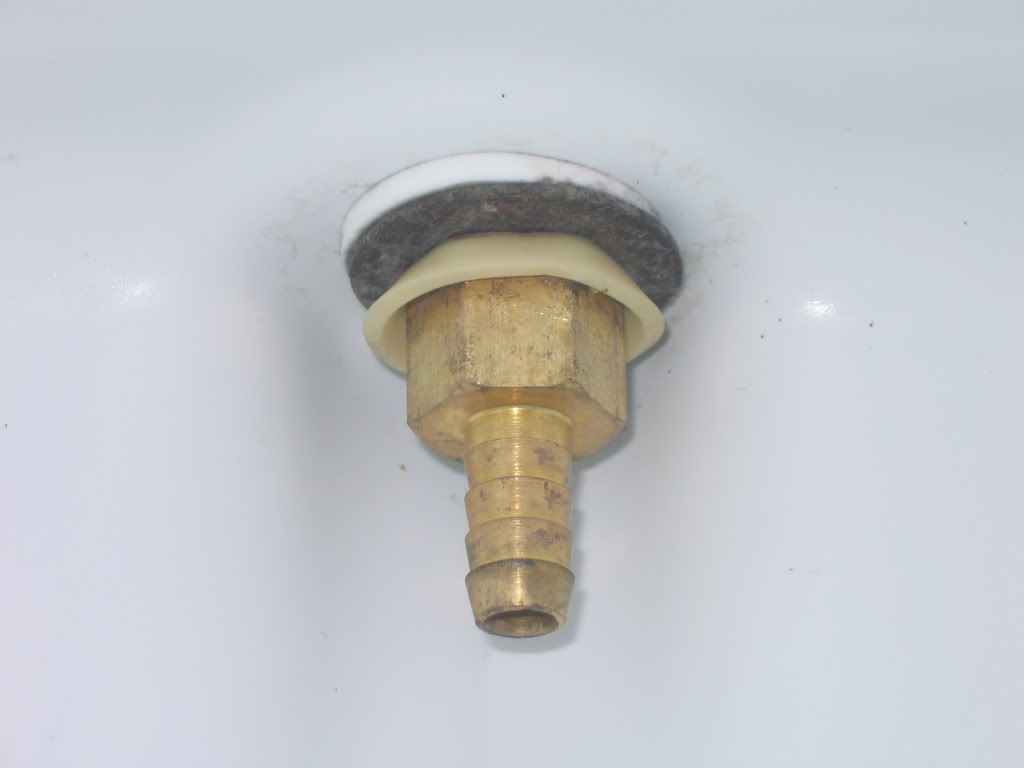Man this thread is great.
I was planning to do batch sparging when I go all grain, but with a fly-sparging process this simple, I don't see why I wouldn't try this instead.
I'll probably do cpvc manifolds to start and if I want later switch to copper.
I was planning to do batch sparging when I go all grain, but with a fly-sparging process this simple, I don't see why I wouldn't try this instead.
I'll probably do cpvc manifolds to start and if I want later switch to copper.




















































![Craft A Brew - Safale BE-256 Yeast - Fermentis - Belgian Ale Dry Yeast - For Belgian & Strong Ales - Ingredients for Home Brewing - Beer Making Supplies - [3 Pack]](https://m.media-amazon.com/images/I/51bcKEwQmWL._SL500_.jpg)





